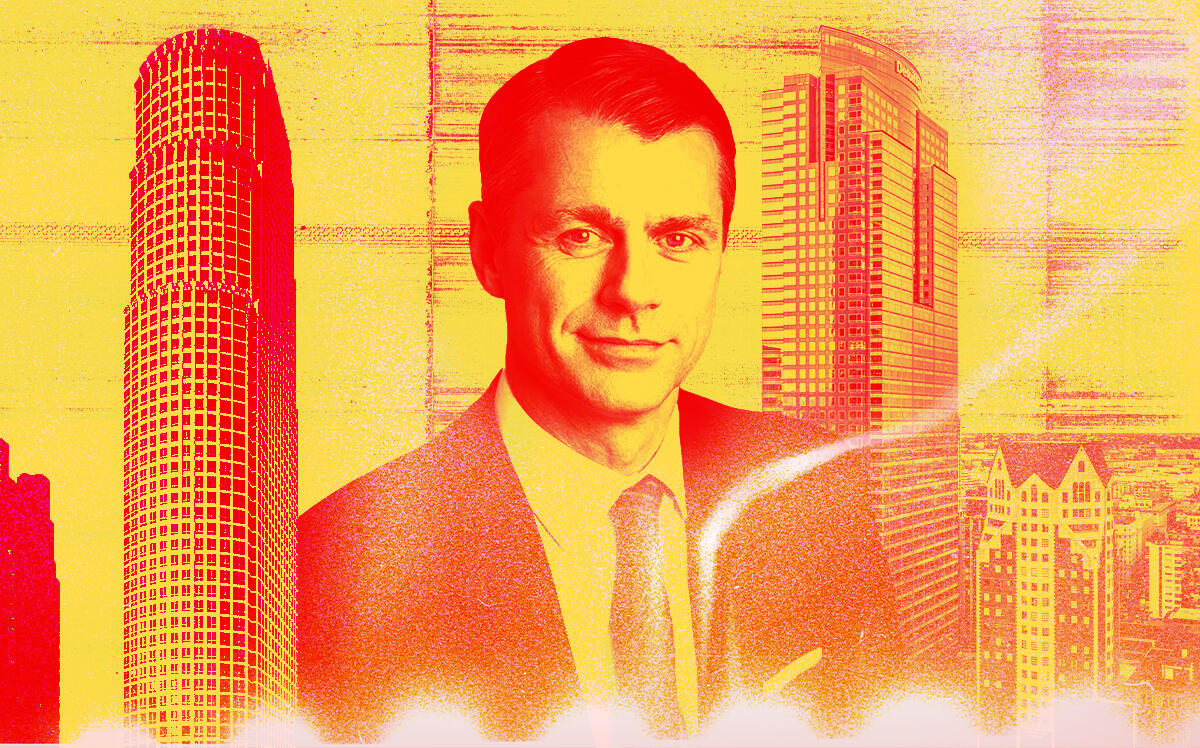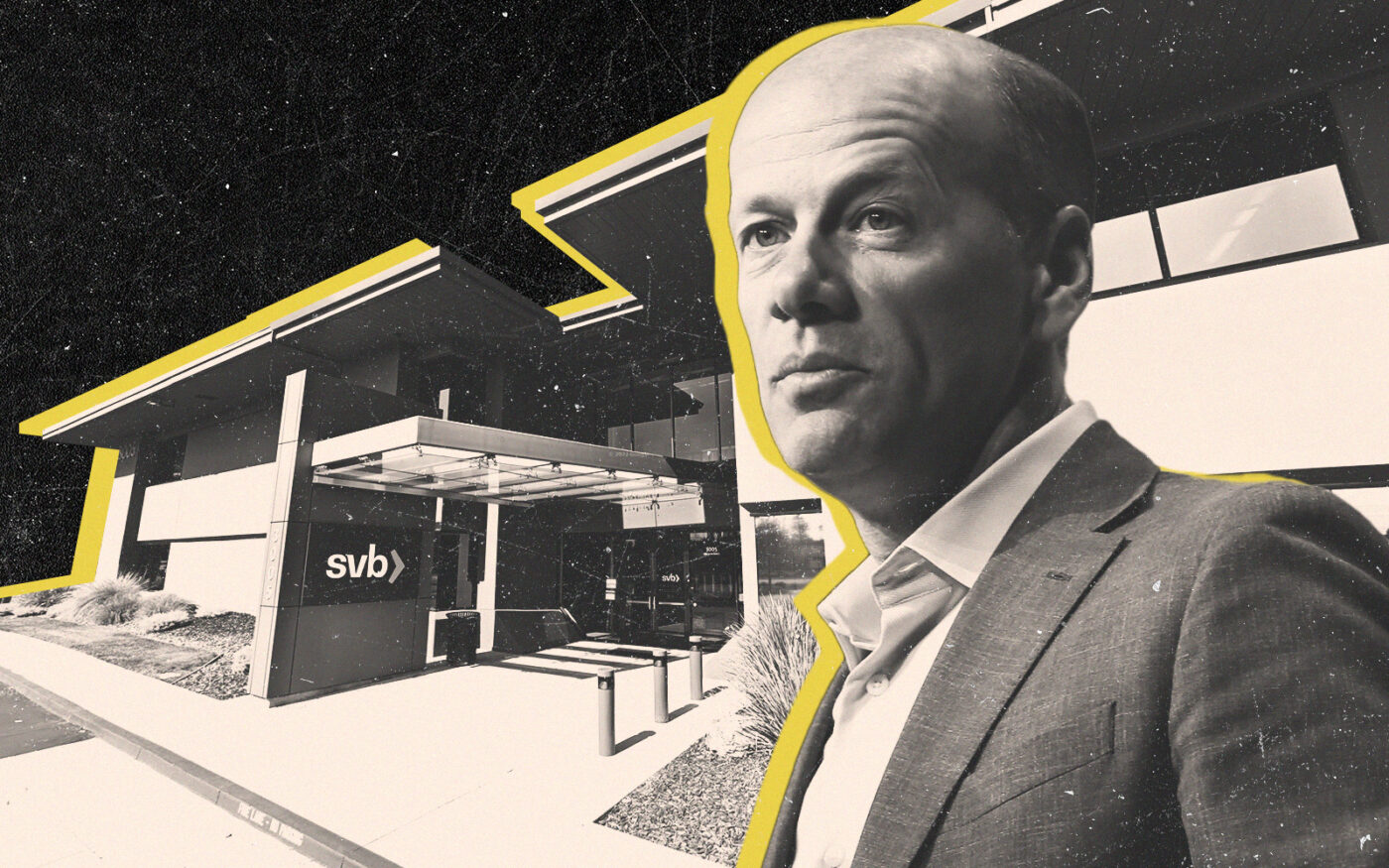The stunning failure of Silicon Valley Bank, which was shut down by state regulators and taken over by the Federal Deposit Insurance Corporation on Friday morning, sent shockwaves through the tech industry. But it could have major implications for real estate too.
Though the bank primarily lent to venture capital and private equity firms, about 15 percent of the loans on its books were secured by residential mortgages and commercial real estate, according to its 2022 financial report.
As the FDIC works to sell off SVB’s assets and pay out insured and uninsured deposits, these loans will have to change hands. The bank’s fall has also led to a broader stock selloff that prompted stock exchanges to halt trading on a number of regional banks, including prominent commercial real estate lenders Signature Bank and First Republic Bank.
SVB held about $8.3 billion worth of loans secured by personal residence mortgages at the end of last year, and another $138 million linked to home equity credit lines.
The bank also held about $2.6 billion in commercial real estate loans. Some 35 percent of its commercial-backed loans were on multifamily properties. Office properties accounted for 21 percent.
In its annual report, SVB said its commercial-backed loans “may involve a higher risk of default compared to our other types of loans,” given uncertainty around the economy and residual effects of the pandemic on retail, hotels and offices.
The bank increased its exposure to commercial real estate in 2021 when it acquired Boston Private for $900 million, it said in the report.
At the end of last year, a majority of SVB’s commercial-backed loans were between $10 and 20 million. Those loans totaled $739 million, and it also had on its books $733 million worth of loans for $5 million or less.
SVB made fewer large portfolio loans. Loans of $30 million or more totaled $250 million, according to SEC filings.
Approximately 27 percent of its outstanding loan balances were to borrowers based in California, though the bank’s reports do not provide a geographical breakdown of its real estate loans.
The firm has also invested $1.5 billion in commercial mortgage-backed securities — making up just over 1 percent of its securities portfolio as of the end of 2022.
SVB’s collapse marks the second-biggest bank failure in U.S. history and the largest since the 2008 financial crisis.
The California Department of Financial Protection and Innovation closed the bank Friday morning after it reported huge losses on its bond holdings, which suffered in value after interest rates rose last year. Customers then started requesting to cash out deposits faster than the bank expected, prompting it to sell off its bond holdings at a loss.
Read more



